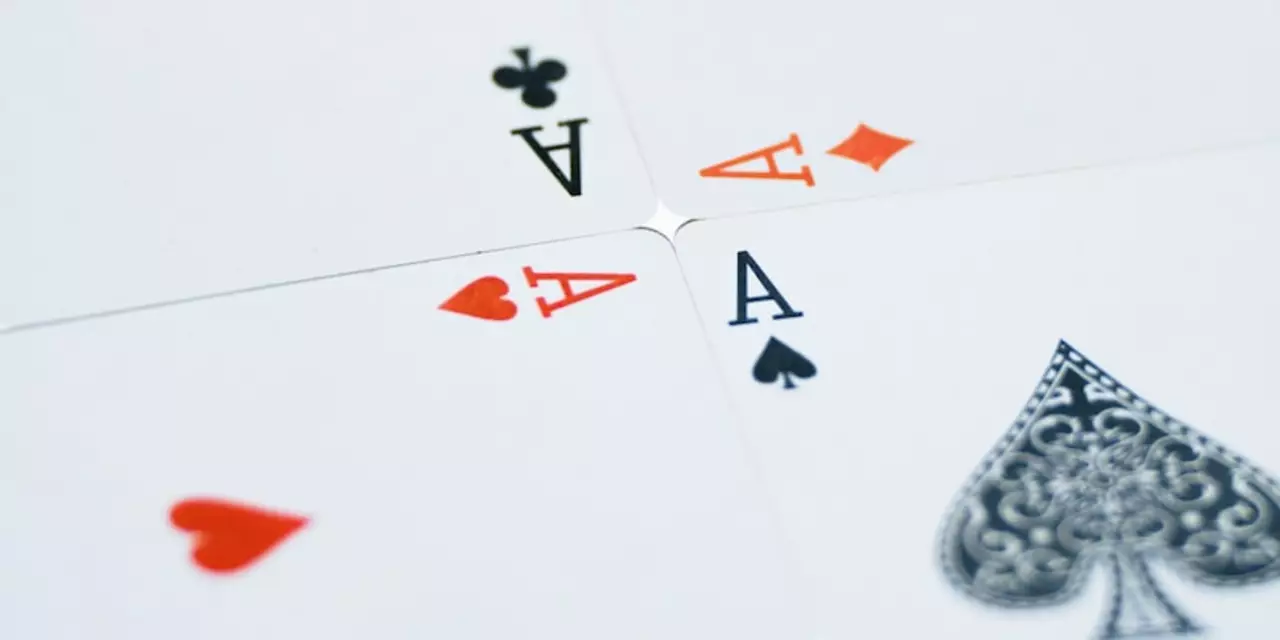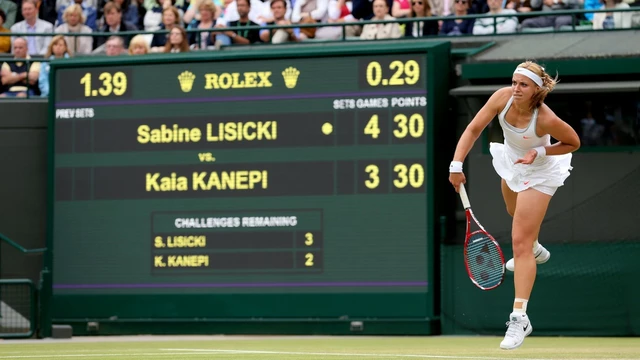
On average, how many aces are there per match and set?
Aces are an integral part of the game of tennis. In professional matches, they can be the deciding factor in who wins a point and who takes the match. But how often do they occur? On average, how many aces are there per match and set?
The exact number of aces per match and set can vary greatly depending on the players involved and the surface they are playing on. Generally speaking, however, the average is around three aces per match (or set) for men, and around two aces per match (or set) for women. These numbers may seem low, but keep in mind that aces are incredibly difficult to hit and that even the best players in the world only hit a handful of them in a match.
Aces can be an important point-winning shot, as well as a way to put pressure on the opponent. They can be used to surprise an opponent and gain the upper hand in a rally, or to end a point quickly. In addition, aces can be used to break serve and put an end to a lengthy game. As such, players should always be aware of their opponent’s ability to hit aces and plan accordingly.
It is important to remember that aces are a rare occurrence in professional tennis matches and sets. However, they can be the difference between winning and losing a match, so players should always be prepared to hit them when they have the opportunity.
Tennis is an exciting sport that is full of surprises, and one of the most exciting moments for fans is when a player unleashes an ace. Aces are powerful serves that are difficult for the other player to return, and they can often decide the outcome of a point or match. But how often do aces actually occur in a match? Let's take a look at the average number of aces per match and set.
The average number of aces per match can vary depending on the skill level of the players. Professional players typically hit more aces than amateur players, as they are more experienced and have better technique. However, on average, professional players hit around 10 aces per match. Amateur players usually hit closer to five aces per match.
The average number of aces per set is much lower than the average number of aces per match. Professional players usually hit around two to three aces per set, while amateur players typically hit one to two aces per set. This is because the points in a set are usually longer and more competitive than in a match, so the chances of an ace being hit are lower.
Aces can be a great way to win points and gain an advantage in a match, so it's important to understand the average number of aces per match and set. Knowing this information can help players prepare for their matches and devise strategies to increase their chances of winning.
Aces are a crucial part of tennis that can have a major impact on the outcome of a match or set. An ace is a serve that the opponent cannot return, and it is the highest scoring shot in the game. But on average, how many aces are there per match and set?
The answer to this question depends on the skill level of the players, the type of court, and even the type of balls used. Generally speaking, professional players will have more aces than recreational players as they have more control over their serves. Also, hard courts tend to produce more aces than clay courts, as the surface is faster and allows for more power behind the serve.
On average, professional players will have between 10 and 20 aces per match, with the average being closer to 15. For recreational players, the number is usually closer to 5-10 aces per match. In terms of sets, a professional player can typically expect to have between 5 and 10 aces in a single set, while a recreational player can expect to have 2-5 aces.
Aces can make or break a match, so it is important for players to practice their serves to increase their chances of winning. Professional players can work on perfecting their technique and increasing the power and accuracy of their serves, while recreational players can work on developing consistency. In either case, the goal should be to increase the number of aces in each match and set.






Post A Comment